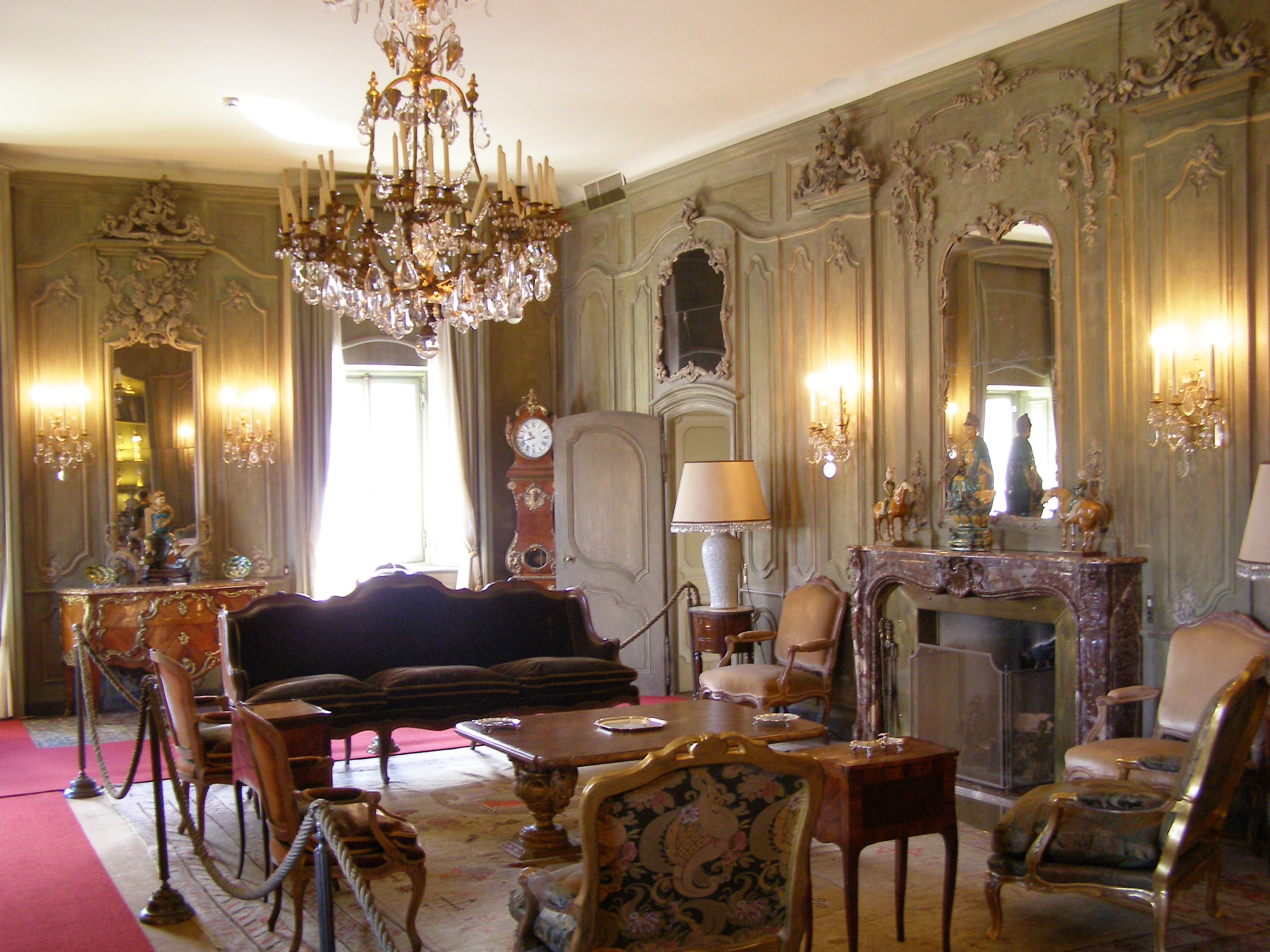People have always arranged the interiors of their houses, places of worship, work, learning or recreation. They have contemplated and made specific aesthetic choices in their interiors and considered the utilitarian aspect of the way they lived. This experience has been an integral part of human existence. Yet interior design is a very young discipline. It emerged as a profession in the late 19th century in England and the US and was initially referred to as interior decoration. These early decorators were women who tried to carve a professional life outside the house and who also tried to seek professional standards of interior decoration. As early pioneers of interior decoration they published books and articles on interior decoration, set up interior decoration practices and advocated women’s rights and design education. The first schools dedicated to interior decoration were set up in the first decade of the 20th century in Europe and in the US. Interior design education underwent significant changes in the 20th century and was increasingly professionalized especially from the 1970 onwards. The first undergraduate course in interior design was launched in India in the 1990s.
Interior spaces encompass a wide variety of types and categories and they virtually cover all aspects of life. They can range from private houses or flats– largely referred to as residential interiors -to different public or semipublic spaces such as railway stations, airports, trains, planes, yachts, hospitals, museums, theatres, schools, universities, shops, offices or places of worship; or they can be part of the hospitality sector – such as restaurants, cafes or hotels and much more. Interiors reflect aesthetic considerations and individual idiosyncratic tastes. They represent the taste and preferences of their owners, the skill of the craftspeople, who produced them and the various people who oversaw the work. However, underlying these seemingly individual choices in design schemes are specific cultural and socio-economic practices and values. This is why interior design needs to be concerned with the context of design and needs to go beyond purely aesthetic, technical or spatial aspects.
In the past interior design schemes or objects of utility could represent political decisions or regal power. Design schemes sought to create manifestations of the divine and earthly pleasures. They could also represent various levels of privacy as well as social hierarchies. Interiors mirrored the interests, passions, ambition, fads, latest scientific discoveries, archaeological excavations, military battles, understanding or misunderstanding of other cultures and countries. They reflected the dreams, aspirations, prejudice, gender, social class, creativity, imagination and worldviews.
To sum up: They were expressions of the identity of individuals and the Zeitgeist of an era. To this day interiors are an expression of who we are or who we want to be and interiors are influenced and shaped by the world we live in, our experience and aspirations. Professional interior design or decoration education helps us to go beyond matters of purely personal taste or dependence on consumer patterns dictated by economic considerations and marketing strategies. It constantly challenges us to go beyond the limitations of our own experience and exposure. Instead an education in interior decoration is an exciting journey of self-discovery. It is a continuous exploration as well as expansion of our experience and expertise by recognizing the hidden patterns and meaning of interior design schemes, materials and objects and the way other people live. A professional interior design and decoration education is about thorough knowledge and mastery of skills in addition to the understanding of and response to the cultural, social and psychological dimensions of the discipline. Ultimately this is one of the most rewarding professions to improve and make an impact on other people’s lives.
The one year part-time diploma offers you a glimpse of the discipline and allows you to grow professionally to tackle planning of interiors. At Pearl we encourage an open and diverse learning environment of academic excellence offering students many opportunities for personal growth and exposure to many different environments and interiors. Moreover, we hope to set design standards, encourage critical thinking and focus on the human condition to make our world a better place.












